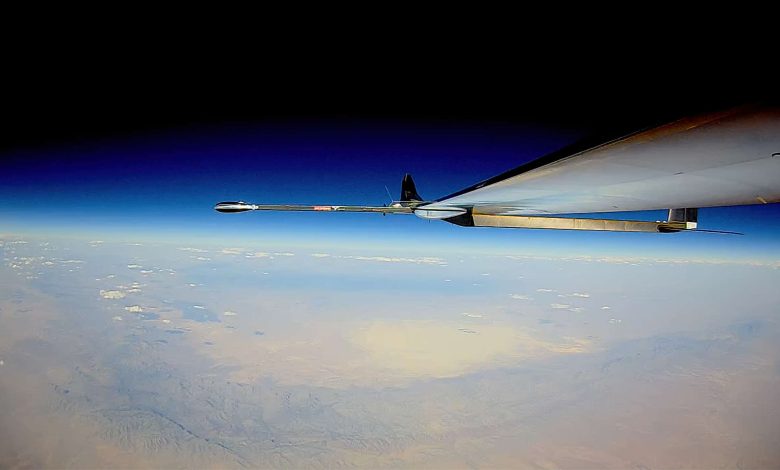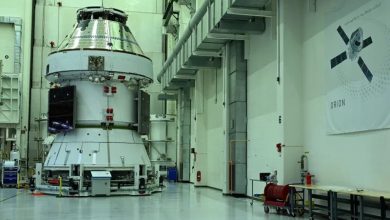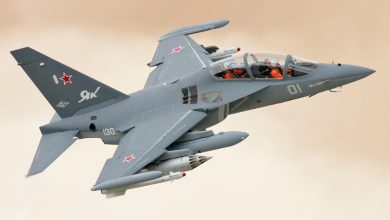
PHASA-35® Soars to New Heights with Historic Stratospheric Journey
Engineers from the UK have triumphantly accomplished a stratospheric flight examination of BAE Systems’ High Altitude Pseudo Satellite (HAPS) Uncrewed Aerial System (UAS) – PHASA-35.
During a continuous 24-hour span, PHASA-35 ascended beyond 66,000 feet, reaching the stratosphere, before successfully landing. The trial, which concluded last month in New Mexico, USA, enabled engineers to evaluate the performance of this pioneering solar-electric drone within the outer layers of Earth’s atmosphere.
This flight signifies a crucial milestone in the evolution of PHASA-35, which commenced in 2018. Engineered by BAE Systems’ subsidiary Prismatic Ltd., it is designed to function above weather disturbances and conventional air traffic, offering a consistent and reliable platform for various applications, such as ultra-long endurance intelligence, surveillance, reconnaissance, and security.
Furthermore, it has the capability to facilitate the delivery of communication networks including 4G and 5G, and could serve in numerous applications such as disaster relief and border security, providing an alternative to traditional airborne and satellite systems.
The PHASA-35 initiative is part of FalconWorks™, a pioneering hub for advanced and agile research and development within BAE Systems’ Air sector, aimed at delivering a suite of state-of-the-art combat air capabilities for the UK and its allies.
PHASA-35, boasting a wingspan of 35 meters and a payload capacity of 15kg, employs a variety of world-class technologies encompassing advanced composites, energy management systems, solar electric cells, and photovoltaic arrays to harness energy during daylight hours, which is stored in rechargeable cells to sustain flight during the night.
The successful trial examined the performance of the experimental system across multiple domains. This marks the initial trial in a series aimed at affirming system performance, aiding development activities, and validating test points to ensure PHASA-35’s accessibility in both defense and global commercial markets.
Dave Corfield, CEO of Prismatic Ltd., stated: “This is an incredible milestone for all involved and exemplifies BAE Systems’ dedication to investing in innovative technologies and markets. PHASA-35’s inaugural stratospheric flight confirms that this vehicle is on a path to become the premier system for long endurance, high altitude, and communications applications in the future.
“The successful trials reflect the diligence of the exceptional team we’ve assembled over the past few years within Prismatic and among our partner organizations, including Piran, Amprius, Microlink, Honeywell, PMW Dynamics, and the Met Office. I eagerly anticipate the upcoming phases in our development of this unique system.”
Cliff Robson, Group Managing Director for BAE Systems’ Air Sector, remarked: “PHASA-35 is pioneering new frontiers – unlocking the stratosphere to unprecedented opportunities. The team, bridging BAE Systems’ expertise from around the globe with innovative solar and power management technologies, has demonstrated remarkable dedication and ambition as they addressed the challenges associated with novel technologies and methodologies. This collaborative approach is essential for enhancing our defense acumen with fresh perspectives and technologies.”
The recent trials were conducted from Spaceport America in New Mexico, traversing the White Sands Missile Range, and are backed by the US Army Space and Missile Defense Command Technical Center. This test flight at the White Sands Missile Range was coordinated and directly supported by personnel from the Naval Surface Warfare Center, Port Hueneme Division, Detachment White Sands.






